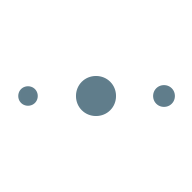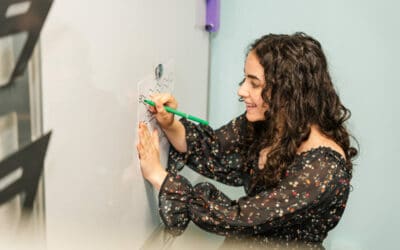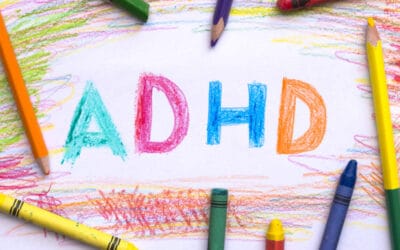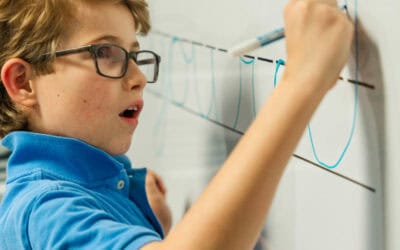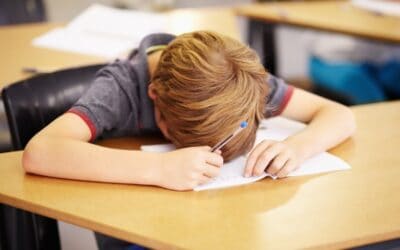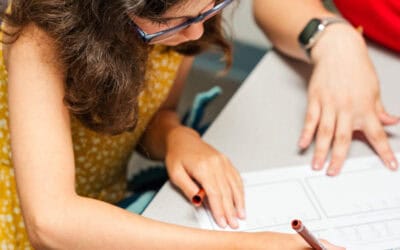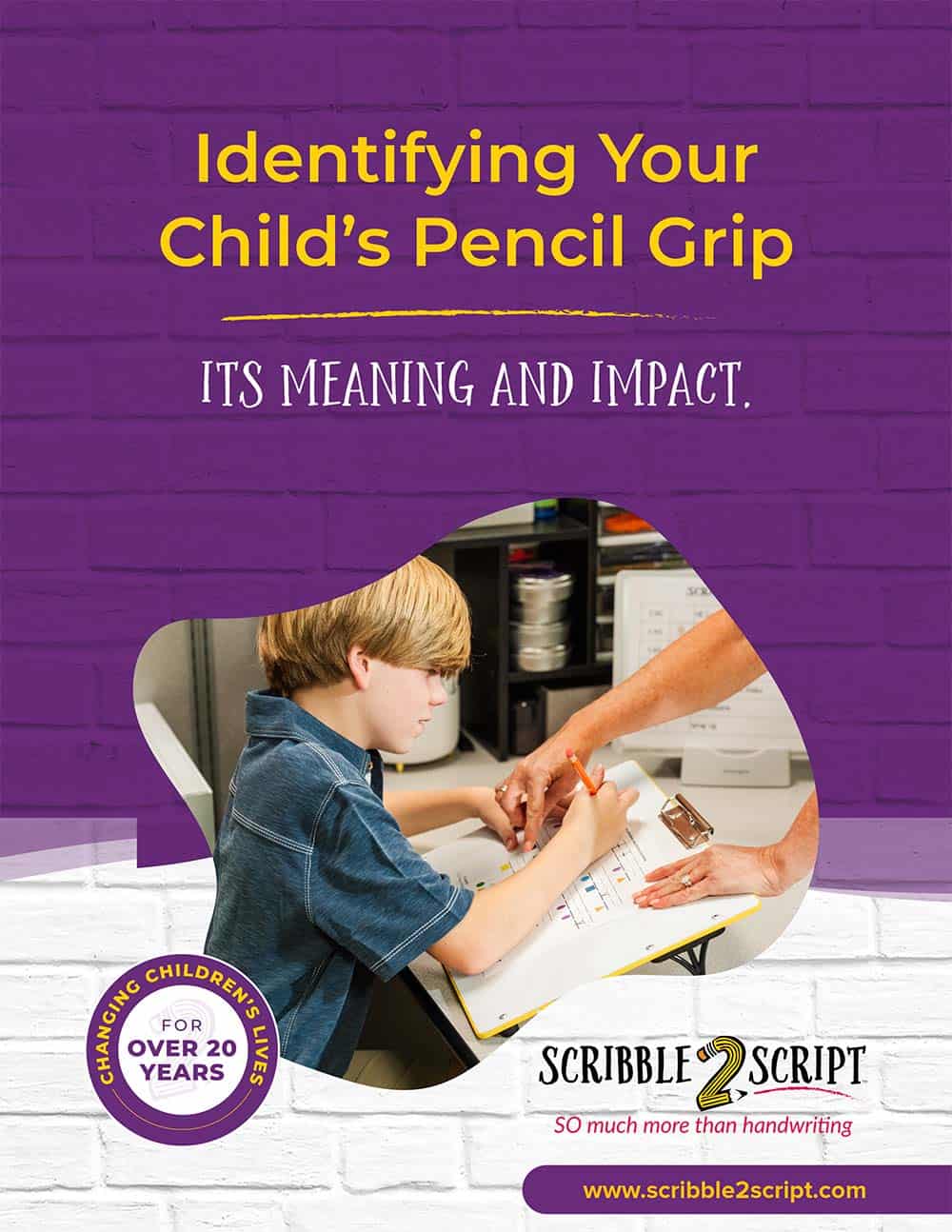Click below to see the full news segment
Blog
Scribble 2 Script on Arizona’s Family – A Parent’s Guide to Uncovering Hidden Struggles
It starts as a feeling. A knot in your stomach when your child melts down over homework. A flash of concern when they grip their pencil awkwardly or can’t sit still long enough to write their name. You tell yourself not to worry—you’ve heard it before: “They’ll grow...
Boys and ADHD: Why We’re Missing the Real Reason They Struggle
A recent New York Times article spotlighted a trend educators and parents are seeing more than ever—boys entering school already behind. Many are quickly flagged for ADHD, dyslexia, or labeled as disruptive. But at Scribble 2 Script, we believe the problem isn’t with...
Messy Handwriting in 3rd Grade: Why It’s a Big Deal Now
As kids enter 3rd grade, they step into a huge developmental transition—and messy handwriting often becomes a red flag. For 8–9 year olds, this year is a tipping point. They’re no longer just learning to write; now they’re expected to write to learn. If a child...
Handwriting and the Brain: Why Putting Pencil to Paper Is Still Essential for Developing Minds
In a world increasingly shaped by touchscreens and keyboards, handwriting can feel like a relic of the past. But a growing body of neuroscience tells us otherwise. Handwriting isn’t just relevant, it’s essential. In this fascinating study published in Frontiers...
How Vision Problems Affect Handwriting and Learning (and What to Do About It)
Many parents assume that if their child has 20/20 vision, their eyesight is perfect. However, vision is about more than just clarity—it’s also about how the eyes work together to track, focus, and process information. Even if a child sees clearly, difficulties with...
The Link Between ADHD and Handwriting: Why Focus & Writing Go Hand-in-Hand
Many children with ADHD struggle with messy, slow, or inconsistent handwriting. Writing requires a combination of fine motor control, sustained attention, and executive functioning skills—areas that children with ADHD often find challenging. As a result, handwriting...
What Are Primitive Reflexes? How They Impact Learning and Development
Many parents have never heard of primitive reflexes, but these automatic movement patterns play a crucial role in early childhood development. They help babies survive, develop motor control, and build the foundation for higher-level skills like coordination, balance,...
Why Does My Child Struggle with Handwriting? 5 Common Causes and Solutions
Many parents wonder why their child’s handwriting is messy, slow, or difficult to read. Writing is a complex skill that requires a combination of fine motor control, postural stability, visual processing, and cognitive engagement. When a child struggles with...
The Great Rewiring of Childhood: How Modern Life is Shaping Our Kids
Are We Giving Kids the Tools They Need? Every parent wants their child to succeed, but what happens when simple tasks like handwriting, tying shoes, or cutting with scissors seem too hard? If you’ve ever asked, ‘Why is this so challenging for my child?’—you’re not...
